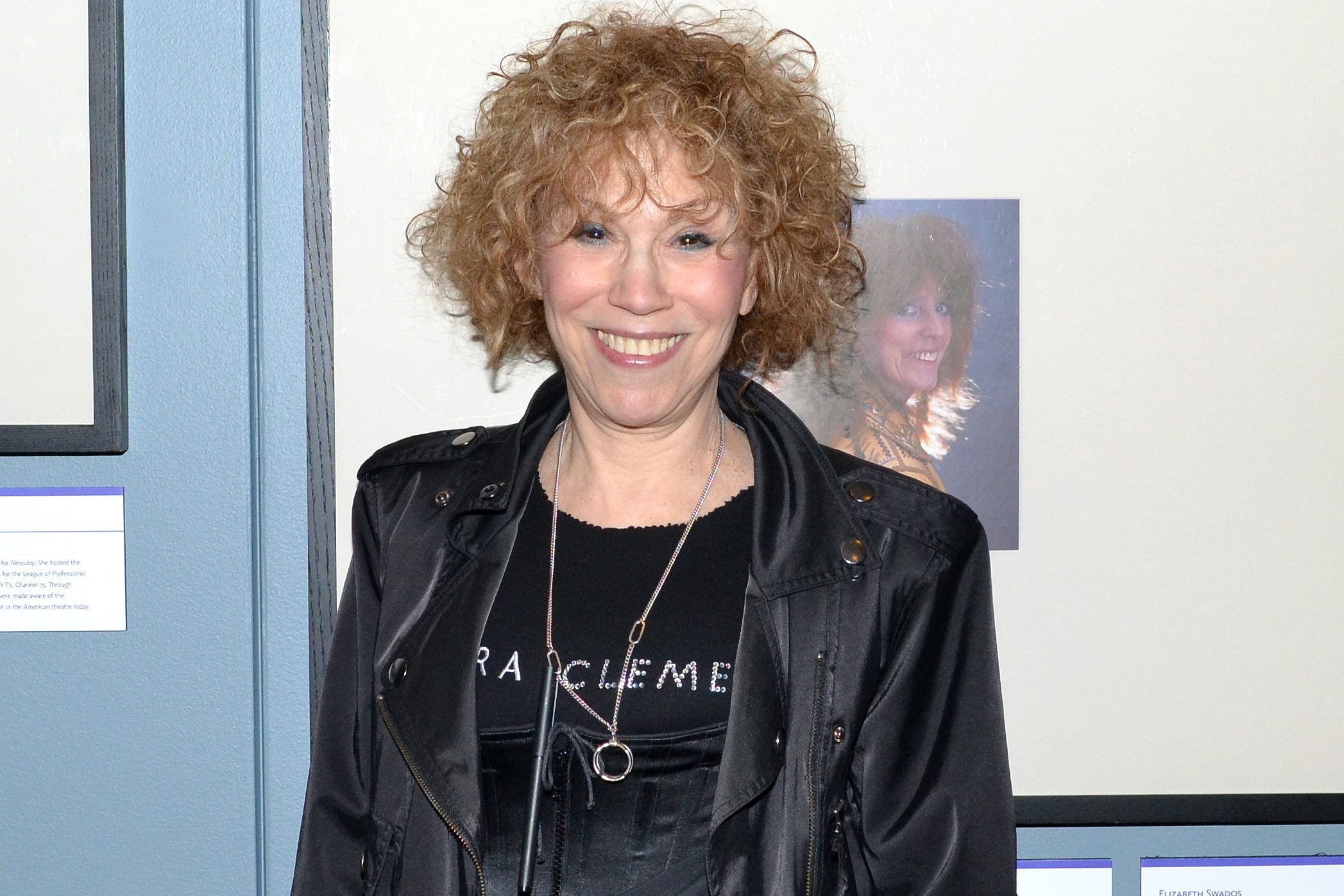A Boy and His Soul

(© Carol Rosegg)
Diana Ross, Marvin Gaye, Earth Wind and Fire, and Aretha Franklin are all on hand for Colman Domingo’s A Boy and His Soul, playing at the Vineyard Theatre. No, these greats of R&B and soul music are not appearing, but they’re heard along with a host of other singers and pop groups from the 1970s as Domingo revisits his formative years and the soundtrack that was integral to the world that he shared with his family in Philadelphia. It’s a terrific conceit that leads to a mostly satisfying solo show.
The use of the music — which sounds great in Tom Morse’s immaculately conceived sound design — gives Boy something of a “mix tape” feel. Domingo moves through the events of his life in essentially a linear order, but the anecdotes that he shares often feel like “cuts,” giving the production a sometimes disjointed quality that can leave theatergoers at a somewhat emotional remove as Domingo shifts between periods and stories.
Once the performer settles into a memory, Boy truly flies as he assumes a host of characters, delivering each with remarkable specificity. Particularly enjoyable are Domingo’s renderings of his good ole boy stepfather, his sassy sister, and his somewhat thuggish brother. Domingo often shifts between these characters within the blink of the eye, and he’s even able to create with remarkable ease his brother and sister sharing an imagined phone call.
He brings these characters to life in a variety of “snapshots,” including a particularly moving childhood memory of sitting in the backyard with his mother — a sequence enhanced enormously by Marcus Doshi’s gorgeously atmospheric lighting. Similarly, his memory of attending an Earth Wind and Fire concert delivers goosebumps.
Meanwhile, a trip to a gay bar proves to contain one of the biggest laughs in the piece. As Domingo begins to come out to his family, the production develops some true emotional heft even as it retains his deliciously self-aware sense of humor.
Director Tony Kelly’s staging unfolds with an informal ease on Rachel Hauck’s red linoleum floor — which beautifully grounds the piece in its 1970s period — that’s backed by a huge Joseph Cornell-like box which contains a myriad of items clustered around and underneath a staircase. It’s a beautiful representation of the basement in Domingo’s family home, the place where he rediscovers the vinyl LPs that spur his reflections on his life and the music that filled it.
As the music plays, Domingo performs dance routines that have been created by choreographer Ken Roberson: steps that look simultaneously improvised and yet, smoothly polished. Clearly, this music touches Domingo’s soul — and theatergoers will be hard-pressed to not find themselves moved by both the tunes and the performer’s tale.










